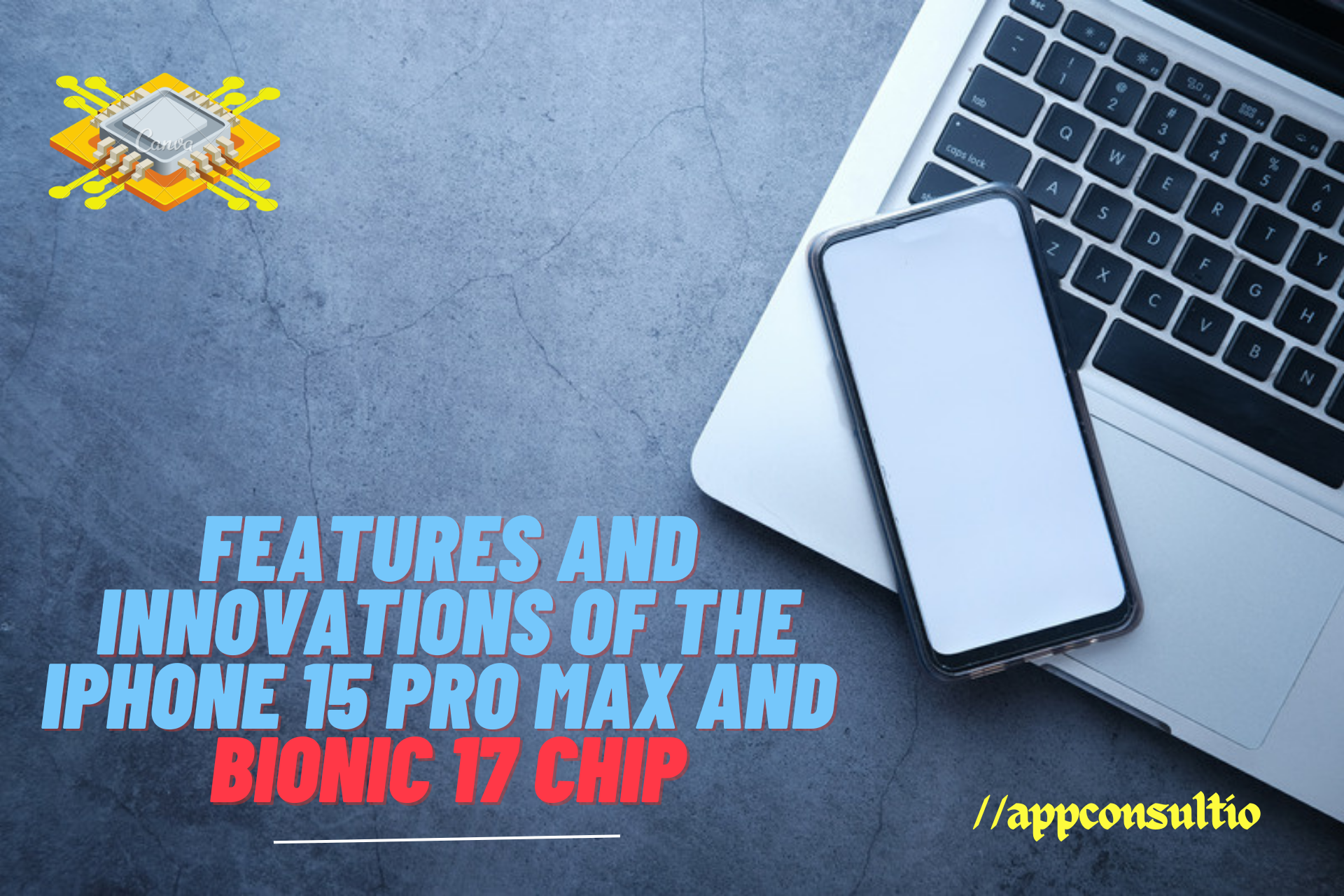
Every year, Apple releases a new iPhone with a better processor inside. This year, they are using a new technology to make the processor called the "3nm process" by a company called TSMC. This new technology could make the next processor, which they might call the A17, a big improvement in performance and features.
To predict what the A17 might be like, we can look at the past ten years of Apple's processors and what we know about the new manufacturing technology they're using, as well as Apple's goals.
In simple terms, Apple is going to make a new iPhone chip, and this time it could be a really big upgrade because they're using fancy new technology to make it. We can guess what it might be like by looking at what they've done in the past and what they're trying to achieve.
Last year, Apple released two different iPhones: the iPhone 14 Pro had a faster A16 chip, while the regular iPhone 14 had a slightly older A15 chip. We think they'll do the same thing this year, with the new A17 chip going into the iPhone 15 Pro and iPhone 15 Pro Max (or maybe iPhone 15 Ultra if the rumors are true), while the standard iPhone 15 will have the A16 chip from the previous Pro models.
This strategy seems like it's going to be Apple's plan for a while. Since smartphone features and quality have improved a lot and Apple's chips are really fast, there's not much reason for them to change. It also helps them save money and makes the Pro models more attractive because they have the latest and greatest chips. This usually makes people more likely to buy the more expensive iPhone.
There's some new information about Apple's upcoming A17 Bionic chip. It will have a 6-core CPU (the brain of the chip), a 6-core GPU (for graphics), and 6 GB of LPDDR5 RAM (this helps with running apps and multitasking). This chip will be used in the next iPhone 15 Pro and iPhone 15 Pro Max (or maybe iPhone 15 Ultra, if the rumors are true).
iPhone 15 Pro RAM details - Apple will likely use the A17 Bionic chip on the upcoming iPhone 15 Pro and iPhone 15 Pro Max models, as per convention, and a new rumour from URedditor on X details the chip.
The upcoming iPhone 15 Pro will most likely come with an A17 Bionic chip.
The iPhone 15 Pro will probably feature only 6GB RAM instead of speculated 8GB RAM.
The tech giant might hold the iPhone 15 series launch event on September 13th.
Apples focusing on ML and AI - Apple is really into using smart computer systems and AI. They use AI in their software and apps to do things like recognizing text in photos. They have a special part in their chips called the "Neural Engine" that helps with AI tasks.
In the last chip they made, the A16, they didn't make big changes to the Neural Engine. It's still about as powerful as the one in the previous chip, just a bit faster.
But now, with the new 3nm technology they're using to make chips, they have more room to make the Neural Engine much better. They might add more parts to it, or change how it works. We expect it to be a lot more powerful, maybe more than 20 trillion operations per second. Although, some people argue that measuring performance just by counting how many operations it does per second might not be the best way to judge how good it is.
GPU performance and features
Apple is always trying to make the graphics (GPU) in their chips better. They usually make it around 20% faster with each new chip, but they haven't added a lot of new fancy features to it. They're not as good as the graphics in powerful desktop computers, especially when it comes to a feature called ray tracing.
There's a rumor that the previous chip, the A16, was supposed to have a big improvement in graphics, but it wasn't ready, so they used the same graphics as the A15, just making it a bit faster. We're not sure if that's true, but Apple hasn't updated the tools for app developers to show new graphics features in the A16, which is a clue.
Now, with the A17 chip, we think Apple might have a better graphics design ready. This could be important for future Mac computers. Even though the iPhone doesn't need fancy graphics like ray tracing, these improvements will eventually make their way to Mac computers, and they do need those advanced graphics features.
For everyday stuff and games that use the graphics, some things will get much faster, and some won't change as much when they change the graphics design.
Conclusion - In conclusion, Apple is gearing up for its next iPhone, the iPhone 15 Pro, which will likely feature the highly anticipated A17 Bionic chip built using advanced 3nm technology. This chip is expected to come with a 6-core CPU, a 6-core GPU, and 6 GB of RAM, delivering improved performance. Apple's focus on machine learning and AI, driven by its Neural Engine, is likely to see significant enhancements with the new chip. Additionally, while Apple has been steadily improving GPU performance, there are expectations for more substantial changes in the A17, possibly even including advanced graphics features. These developments are in line with Apple's ongoing commitment to innovation in its devices.